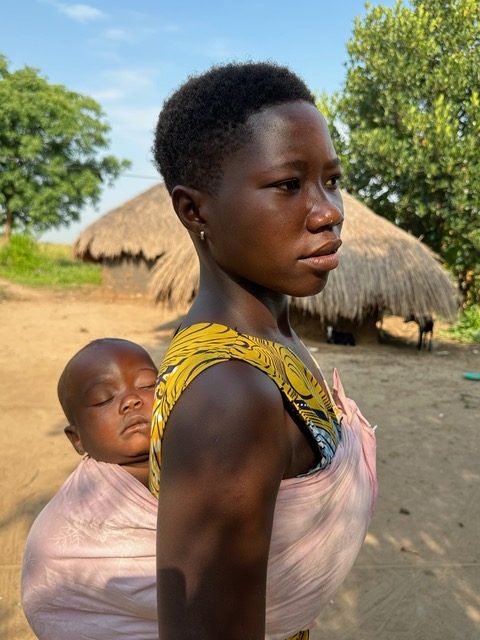People and Culture of Buliisa: A Rich Tapestry of Tradition and Diversity
Buliisa District, located in the Albertine region of western Uganda, is a vibrant area known for its diverse cultural heritage and warm, welcoming people. Positioned along the eastern shores of Lake Albert, Buliisa is home to several ethnic communities, each contributing to the district’s rich tapestry of traditions, languages, and lifestyles. The people of Buliisa are deeply connected to their environment and cultural roots, preserving customs that have been passed down through generations.
Ethnic Composition and Languages
The district is predominantly inhabited by the Alur, a sub-group of the larger Luo group. The Alur are the indigenous people of Buliisa and have lived in the area for centuries after the migration of Luo from Bahrl Gazel in southerthern Sudan and settled in Pubungu Pakwach the northern bank of the Nile River. They speak Alur, over time, Buliisa has also become home to other ethnic groups such as the Bagungu, Bakonzo, Acholi, Banyoro, and Lugbara, due to the oil project in the region. This multicultural mix has created a community where diversity is celebrated and cultural exchange thrives.
Traditional Lifestyle and Economic Activities
The people of Buliisa largely depend on farming, fishing, and livestock keeping for their livelihoods. Lake Albert is central to their way of life providing fish, water, and a means of transportation. Fishing is not only an economic activity but also an important part of cultural identity, often accompanied by traditional fishing rituals and community festivals.
Agriculture also plays a key role in sustaining families. Common crops include cassava, maize, beans, and millet. The introduction of oil exploration in the region has brought both opportunities and challenges, influencing local economies and social structures. Despite these changes, many communities still maintain traditional farming methods and fishing practices that have sustained them for generations.
Cultural Beliefs and Traditions
Buliisa’s people hold a deep respect for their ancestors and natural environment. The Alur in particular practice traditional beliefs that emphasize the connection between humans and nature. Sacred sites, such as certain rocks, trees, and rivers, are believed to be dwelling places of ancestral spirits. These places are treated with reverence and play a role in community rituals and decision-making.
Traditional music, dance, and storytelling remain integral to cultural life. Drumming and dance performances are common during festivals, weddings, and community gatherings. These events are not only sources of entertainment but also serve as a means of preserving oral history and teaching younger generations about their heritage.
Modern Influences and Cultural Preservation
In recent years, modernization and the discovery of oil in Buliisa graben have brought rapid changes to Buliisa. Improved infrastructure, education, and communication have influenced social dynamics and tourism However, local leaders and cultural institutions are working hard to preserve traditional values and ensure that development respects cultural heritage.
Organizations in the region have also promoted eco-tourism and cultural tourism, showcasing traditional lifestyles, crafts, and dances to tourists visiting Murchison falls National Park. This has helped to raise awareness about Buliisa’s cultural richness while providing economic opportunities for local communities.
People and Culture of Buliisa: A Rich Tapestry of Tradition and Diversity
The people and culture of Buliisa represent a harmonious blend of tradition, resilience, and diversity. From the spiritual practices of the Alur to the multicultural interactions among different ethnic groups, Buliisa stands as a symbol of Uganda’s rich cultural mosaic. As modernization continues to shape the region, the people of Buliisa remain proud custodians of their heritage, ensuring that their traditions, values, and way of life continue to thrive for generations to come.

Comment (0)